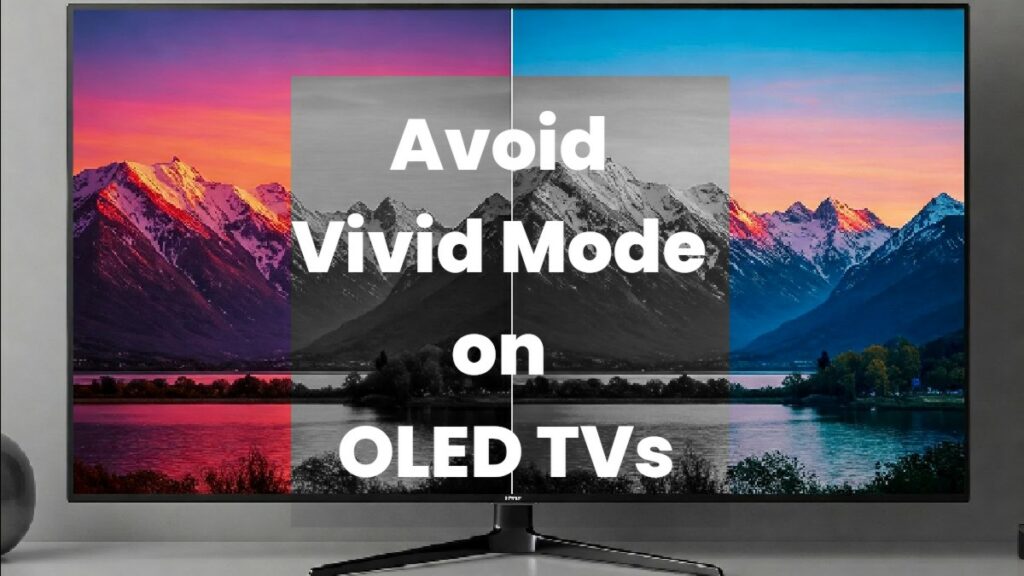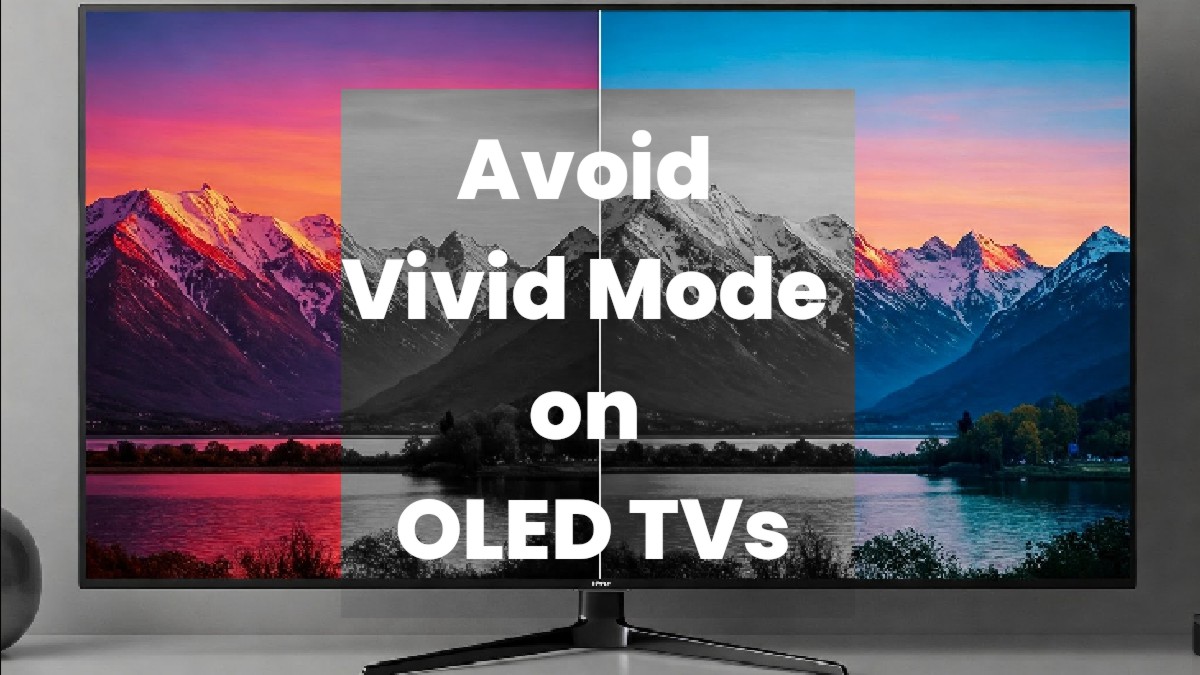At first glance, Vivid Mode on OLED TVs might seem appealing. Still, it often undermines the very picture quality that high-end OLEDs are built to deliver. Most users seek crisp colors. They want stunning contrast and realistic textures. One setting is universally regarded as detrimental to the viewing experience: Vivid mode. Even on the best OLED displays, like the LG G5 OLED TV, Vivid mode often causes over-saturation. It results in harsh brightness and creates unnaturally sharp textures. Despite its appeal to some, it compromises the essence of true picture quality.
Why It Matters: The Pitfalls of Oversaturation
Vivid mode may seem like an attractive choice, especially in brighter rooms or for content that demands vibrant colors. Yet, it tends to push brightness levels far beyond what is natural. It also increases color saturation to unnatural levels. This distorts the picture rather than enhancing it. While this mode may look “eye-catching,” it initially captures attention. Nonetheless, it does not keep the delicate balance of accuracy and vibrancy that quality OLED displays are known for. The result? A picture that looks unnatural and loses the fine details that are key to a true cinematic experience.
Your Perspective: Avoid Vivid Mode on OLED TVs at All Costs
As an expert in TV reviews and calibration, I suggest you to avoid Vivid mode. This applies regardless of how impressive your TV may be. The main reason for this is simple: it doesn’t honor the precision that OLED technology offers. Even on an advanced OLED TV like the LG G5, the Vivid mode detracts from the overall experience. This TV is lauded for its incredible picture quality. It increases brightness to unnecessary levels. This results in a washed-out look for bright sections. Additionally, there’s a loss of detail in darker tones.
Vivid mode can make even the most beautifully shot scenes appear overcooked. It introduces unnatural color tones and a lack of depth. Take the movie Wicked as an example. The film is inherently colorful and dynamic. But, Vivid mode amplifies these hues until they become garish and unrealistic. This mode strips the picture of its nuanced textures and subtle contrasts.
Supporting Evidence & Examples
The LG G5 OLED and the Panasonic MZ1500 are compared side-by-side. Both showcase the same scene from Wicked. The difference is stark. When the G5 is set to Dolby Vision Filmmaker Mode, colors appear natural and vibrant without being overwhelming. Textures, like Elphaba’s skin and the stone walls, stay precise and true-to-life. The contrast is also well-balanced, with highlights and shadows retaining detail.
In contrast, when the G5 is switched to Vivid mode, the results are far from ideal. The once-subtle pink flowers are now over-saturated to a neon level, losing all sense of texture and definition. The walls, formerly a soft blend of blue and beige, now feature jarring, unrealistic tones that distract from the scene. Even the details on Elphaba’s dress become exaggerated. The wrinkles and buttons appear artificially sharp. This leads to the so-called “uncanny valley” effect.
These issues are not exclusive to the LG G5. Even in top-tier OLED models, Vivid mode amplifies colors and brightness significantly. As a result, the image no longer resembles reality. This change undermines the technology’s ability to deliver a cinematic experience.

Conclusion: Stick to Filmmaker or Cinema Mode
In the end, the solution to achieving the most precise picture on your OLED TV is simple. You should avoid Vivid mode. Opt instead for picture modes like Filmmaker Mode or Cinema Mode, which emphasize color accuracy, contrast, and natural textures. These settings keep the integrity of the content you’re watching, allowing you to experience it as the filmmakers intended.
Vivid mode might appeal to some for its boldness and brightness. But, it can’t match the accuracy and authenticity offered by other modes. If you’re looking to enjoy content with vibrant colors, stick to the picture modes. These modes allow your OLED TV to shine in its true form without sacrificing realism.

Leave a Reply